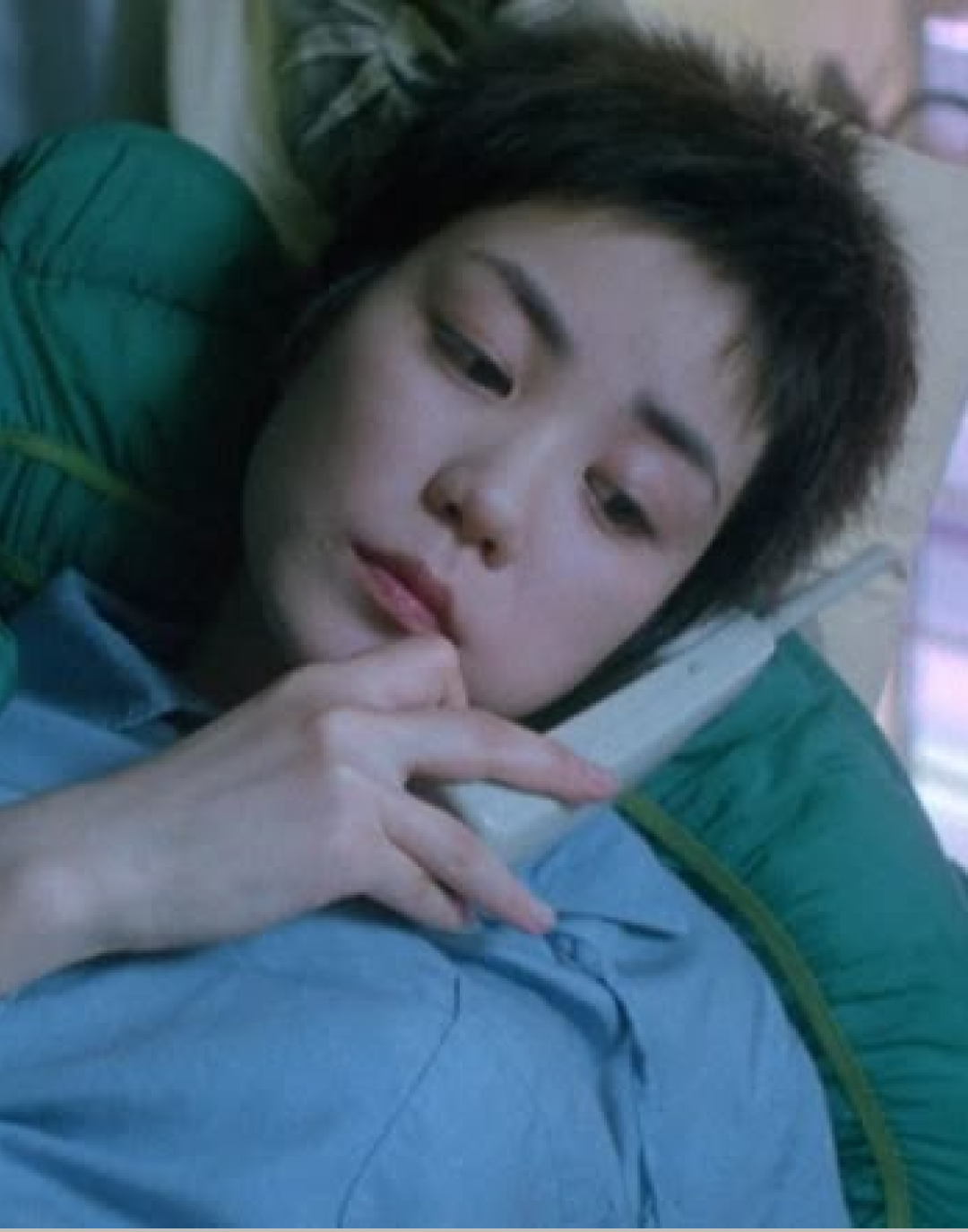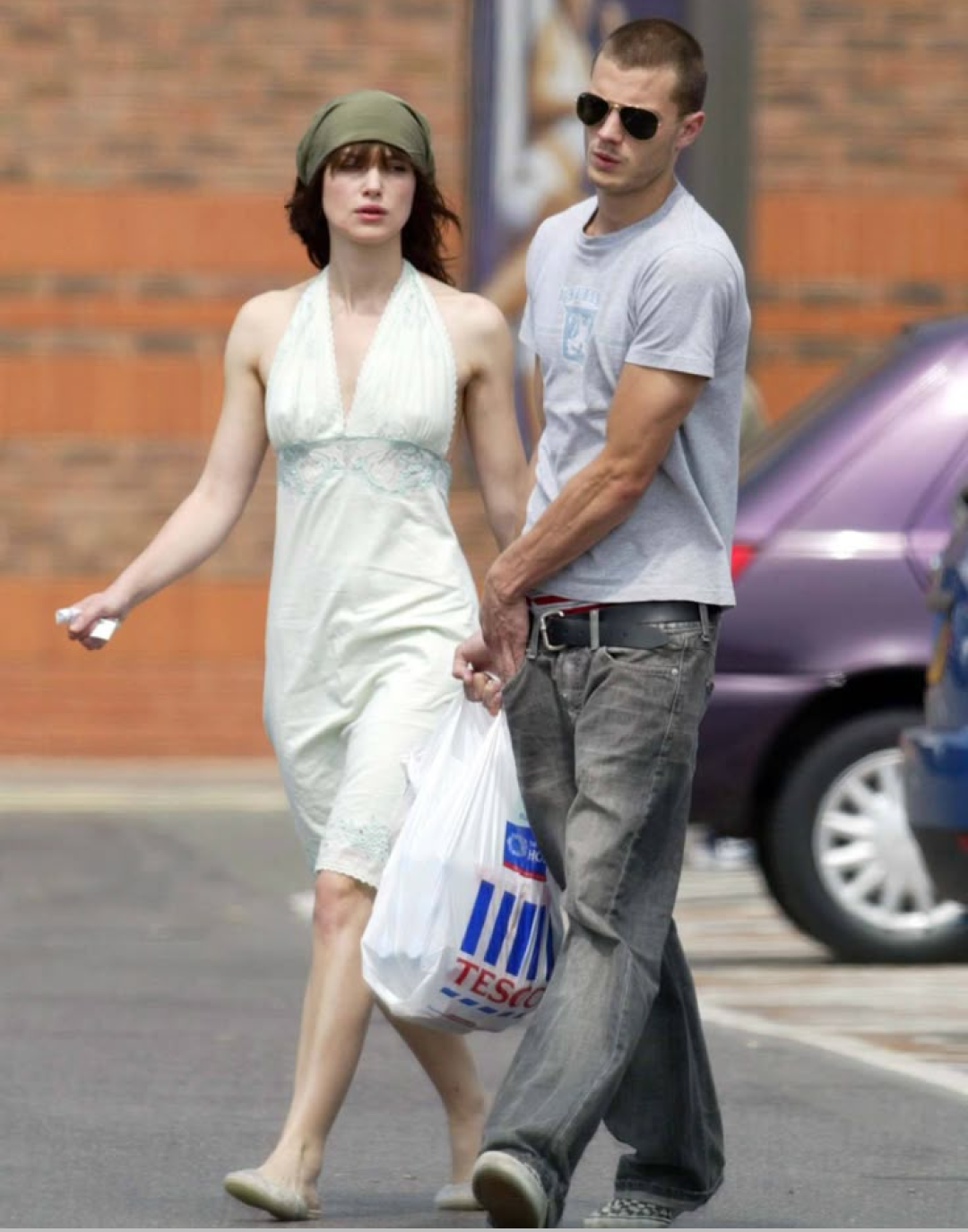
Who is more nostalgic between Millennial and Gen Z? The Y2K revival experienced by both generations
Going hand in hand with fashion means keeping up with often cynically unimaginable rates of speed. And, in the hustle and bustle of these revolutions, more often than not it all boils down to a story marked by a celebration of youth culture. If before it was the Millennials who were driving cool hunting and trends of all kinds, now it's all about the most closely watched generation ever, Gen Z. Not least because, to be fair, the most navigated of the Millennials-the ones who survived Myspace-are 40 years old now.
Gen-Z calling yoga pants ‘flare leggings’ hurts my soul (sighs in 2004)
— Nilo Tabrizy (@ntabrizy) January 14, 2021
Beyond the mere question of age - being able to point out precisely which is the watershed between the two generations is rather complex - a difference in the approach to fashion emerges, however. Baggy or skinny jeans, stripes in the middle or decidedly more experimental haircuts, logomania or DIY? In the eternal dissing about which of the two generations understands more about fashion, perhaps it is worth pronouncing. That Gen Z is the one promoting an anti-skinny jeans campaign, oversized volumes, and punk aesthetics is indisputable. And that this has overlapped with the imagery of a brand witnessing the contradictions hidden behind a reality not so far from fake - yes, we are indeed talking about Balenciaga - Lyst reports. Why then did the mirrors of Gen Z and Balenciaga end up aligning along the same wave line? From Crocs to IKEA bags, trash bags to smashed iPhones to staging fetish on the runway, there is nothing Demna has not reinterpreted in luxury. And there is no product that has not been transformed into a fetish object somewhere between the 2000s nostalgia effect, futurism, and the everyday.
The 2000s, which, if for Millennials were the (forgettable) years of the low waist, glitter, and gull-wing eyebrows, have become the obsession of a generation that has a vague memory of them or experienced them only to a small degree. Low waists, glitter, and sexiness not only made a comeback, but took on an entirely unexpected significance. The 00s were in fact the natural continuation of particularly contradictory editorials and fashion campaigns: on the one hand the casual torment of toxic chic (see Kate Moss portrayed by Sorrenti) and on the other the exaltation of sex promoted by porn chic (read Tom Ford, Carine Roitfield, and Mario Testino). What has been translated into a recontextualization operation by Gen Z, however, has all the air of being something much more political and conceptual: to go dredging up from a contradictory era is to come to terms with unresolved, urgent, real issues.
@etantebellecose Quanto avrei voluto esserci! Mi consolerò andando alla mostra. Tu? #arteemoda #imparacontiktok #dietrolequinte IamU (Instrumental) - BLVKSHP
Because, as much as this is certainly a digitized generation, Z is the only one who has shown the strength to raise its voice in the face of issues-from environmental to economic to sexual-that a good portion of millennials have been more than okay with. Just as in juxtaposing millennial pink (the soft one a bit vintage, a bit naïve) with the shocking pink so much in vogue one realizes how, where one has been a more disengaged and dreamy generation, the other has had to forgo soft hues in the name of a pragmatism laden with anxieties and problems to be solved. All the optimism of Y2K trends spread by millennials and now sorted by the TikTok algorithm into a reservoir of aesthetics and subcultures is simply unthinkable. And not out of nostalgia so much as a need for answers.














































